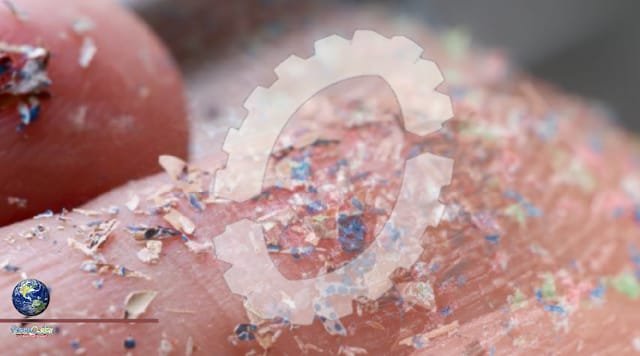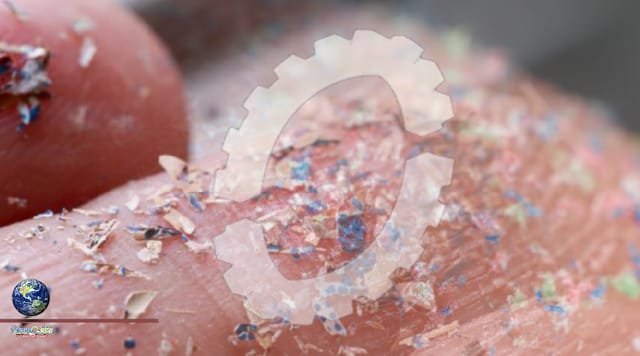Microplastics have been detected in living people’s lungs for the first time. The lung tissue samples were taken from 11 individuals who had surgery at a hospital in Hull, UK.

The discovery adds to concerns about microplastic contaminants in the environment, but it was not a surprise to researchers in the field. In 2021, Brazilian pathologists found polymeric particles and fibres in lung tissue from 13 of 20 adults undergoing autopsy in São Paulo. And in February, researchers in the Netherlands reported plastic pollutants in the blood of healthy volunteers.
Microplastics form from the fragmentation and disintegration of plastics in furniture, packaging, clothing, disposable items, electronics and more. Usually defined as particles below 5mm, these can be inhaled and potentially cause harm. The most frequently detected polymers in the Brazilian study were polyethylene (PE) and polypropylene (PP).
In 11 of the 13 UK patients, microparticles – 39 in total – were detected using infrared spectroscopy. Twelve polymer types were recorded, with PP, polyethylene terephthalate (PET) and resin most abundant.
‘We identified microplastics in all regions of the lungs,’ says Laura Sadofsky, respiratory biologist at Hull York Medical School at the University of Hull, who led the study. ‘We expected to find microparticles in the lung tissue, but not the larger sizes lower down in the airways.’
This expectation came from studies she and others had done that showed microparticles are in the air we breathe – in quantities that initially surprised Sadofsky. In 2021, her team found on average 1400 microparticles per day, mostly PET, in the air of 20 households. In a later study outdoors, the researchers detected on average more than 3000 microparticles daily – especially PE and nylon – for every square metre of ground they sampled. The team concluded that people were often exposed to significantly higher concentrations within their homes than outdoors.
One source of domestic plastic microparticles is textiles. Each garment is estimated to release thousands of fibres per wash. So ubiquitous are airborne microplastics that they contaminate samples even in controlled laboratory environments. ‘We struggle so much in the lab to keep things clean and free of microplastics, because it is floating around and falling off of people,’ says Stephanie Wright, a microplastics researcher at Imperial College London, UK.
But the crucial questions on whether the type and quantity of particles found in human lung tissue can cause harm remains unanswered. Wright notes that decades of air pollution research indicate certain size fractions to be important, namely PM2.5 and PM10 (defined as particles with diameters of 2.5 and 10µm, respectively). Exposure to such pollutants is linked to premature death.
There are also links between inhalation of synthetic fibres in textile workers and lung diseases. ‘Around 30% of people who work in the nylon flocking industry have respiratory problems, lung disease,’ says immunologist Barbro Melgert at the University of Groningen, Netherlands.
In the Dutch study, blood samples taken from 22 healthy volunteers revealed on average 1.6µg of plastic particles per millilitre of blood. It is possible the particles had moved into the bloodstream from the gut. In Wright’s view, the mean concentration is surprisingly high given that animal studies suggest that only 0.4% of ingested particles can cross the gut–blood barrier.
Source: This news is originally published by chemistryworld
